Pediatrics
We have over thirty years of experience dealing with a host of pediatric otolaryngology problems. Children are commonly afflicted with ear, nose, and throat related illness that may require medical or surgical intervention.
Children are at risk for chronically infected ears typically due to their anatomy not being fully developed. This can cause fluid to easily get trapped behind the ear drum and cause recurrent infections. It can also cause hearing loss because of the fluid. We have certified audiologists that will be able to test the child’s hearing. The hearing difficulties can cause speech and language delays, and educational delays. They can also have enlarged adenoid tissue (which sits in the way back of the nose). If ear infections go untreated it could cause permanent hearing loss or nerve damage. It can also lead to other complications both as a child and/or as an adult. Children with chronic ear infections typically require surgical intervention by a very simple procedure. Individuals may know the procedure as “Tubes”. The actual surgery is called bilateral myringotomy and tube placement. The surgery is very quick and painless post operatively. Occasionally, the adenoid tissue will be removed as well. Rarely, children may need more extensive surgery if they have developed a tumor (such as a cholesteatoma) in their ear or a large hole in the ear drum.
Children (including teenagers) are also at risk for chronic tonsillitis, and enlarged tonsil/ adenoid tissue. If the child or teenager has recurrent tonsil infections, chronic sore throats, bad breath, and a history of strep throats despite medical treatment via antibiotics and conservative measures they may require tonsillectomy (removal of tonsils) or adenotonsillectomy (removal of tonsils and adenoids). Another indication for adenotonsillectomy would be if they child has signs and symptoms of obstructive sleep apnea which may include snoring, pauses in breathing (apnea) during the night, mouth breathers, etc. The child may need a sleep study to confirm the diagnosis of obstructive sleep apnea prior to surgical intervention.
When surgical intervention is necessary, safe and reliable techniques delivered in the proper controlled setting are employed to minimize patient and parental anxiety. Parental education and participation in all treatment decisions is an essential part of our philosophy in treating pediatric patients.
